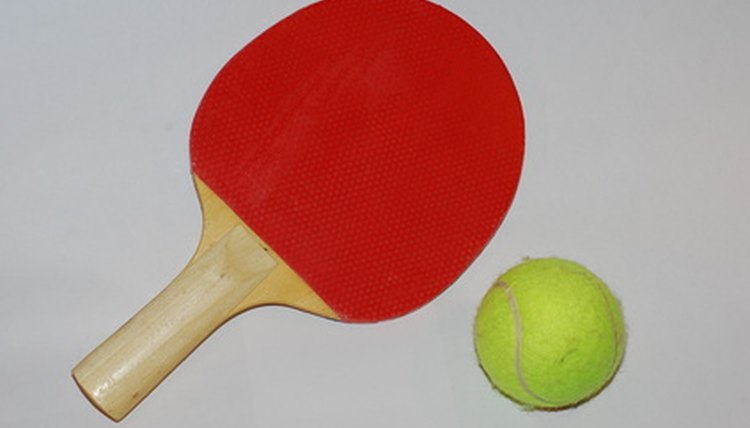Exercises for Meniere's Disease

Ménière's disease is an inner ear condition discovered by French physician Prosper Ménière. This disease may cause pressure or ringing in the ear and attacks lasting several hours can occur. These attacks also bring on dizziness, nausea and other symptoms associated with vertigo. Vestibular rehabilitation exercises may reduce symptoms by helping your body adapt to the disease. Moving exercises such as walking or sports help improve balance and counteract Ménière's disease. The specific exercises that work for you may be different than those that work for someone else. A doctor or physical therapist can suggest the best exercises for you, but experimenting with different exercises may clue you in to what works.
Vestibular Eye Exercises
Vestibular exercises such as the Cawthorne-Cooksey exercises may help sufferers of Ménière's disease. Cawthorne-Cooksey exercises involve head and eye movements. You may do these exercises seated or lying down. First, sit in a chair or lie face up on a bed or the floor. Look up toward your forehead and then look down toward your nose. Next, look all the way to the left and then look all the way to the right. Lastly, hold a finger 3 feet away from your face, focus on it and bring your finger to 1 foot from your face as you continue to keep it in focus. Repeat for the desired number of repetitions or ask your doctor for help designing a program. Speed up the process as you get better at doing the exercises without feeling dizzy.
Seated Vestibular Head and Shoulder Exercises
Sit upright in a chair to do these exercises. First, tilt your chin down toward your chest. Next, tilt your head back to look at the ceiling. Go slowly and keep your eyes open. You can add speed or close your eyes once the head-tilting exercise makes you less dizzy. Next, turn to look over your right shoulder and then turn your head to look over your left shoulder. As with the tilting exercise, do the head-turning exercise slowly and then gradually go faster, progressing from eyes open to eyes closed. You may do the head-turning exercise lying down but it may limit your range of motion.
Other seated exercises include shrugging your shoulders up to your ears and then dropping them down. Shoulder rolls both forward and backward are also good. Progress to doing all of the above eye, head and shoulder exercises standing up when you feel you can do so safely.
Aerobic Activities
Walking, running, yoga, tai chi and sports are effective for balance training. Using cardio machines like treadmills, ellipticals, stationary bikes and skiers will not treat Meniere's disease because your balance isn't challenged in the same way. You can take up racquetball, tennis, basketball, volleyball or any sport that interests you. Group exercise classes or joining a yoga class or tai chi class are some ways you can get in your exercise. If you are not a group person, you can purchase a Nintendo Wii to use at home or buy some yoga DVDs. Although daily exercise may be best, check with your doctor about how often and for how long you should exercise.
References
Writer Bio
Sarka-Jonae Miller has been a freelance writer and editor since 2003. She was a personal trainer for four years with certifications from AFAA and NASM. Miller also worked at 24 Hour Fitness, LA Fitness and as a mobile trainer. Her career in the fitness industry begin in 2000 as a martial arts, yoga and group exercise instructor. She graduated cum laude from Syracuse University.
